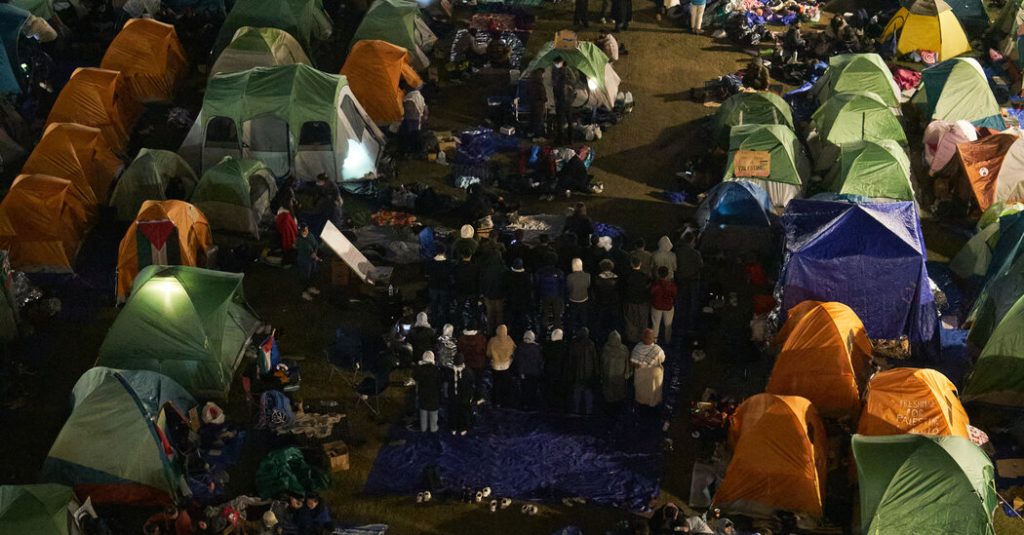Nemat Shafik, the president of Columbia University, is facing increased pressure to resign following her handling of student protests on the Upper Manhattan campus. A meeting with the university senate could potentially result in a censure vote against her. While Shafik defended her decision to call in the police to clear a student protest encampment, she also acknowledged that it exacerbated the situation. Despite mounting calls for her resignation, it is uncertain whether she will be removed from her position.
The draft censure resolution accuses Shafik of violating fundamental rules by ignoring a senate executive committee that unanimously rejected her request to bring in the police. Many at Columbia were already critical of Shafik for her testimony on Capitol Hill and her failure to robustly defend academic freedom. The meeting with the university senate revealed a divided campus, with many members expressing dissatisfaction with Shafik’s leadership.
The handling of protests at Columbia has historical significance, given the turbulent end to Grayson L. Kirk’s tenure in 1968. Protest management remains a contentious issue, with some suggesting that Shafik’s approach mirrors that of past presidents who faced backlash for their actions. The university senate is expected to censure Shafik rather than demand her removal, signaling disapproval of her actions.
Protesters at Columbia have maintained a vigil on campus, despite the university’s efforts to negotiate the removal of tents and non-students from the encampment. The situation remains tense, with conflicting accounts of conversations between protesters and university officials. Some students have expressed concerns about potential police intervention, while university administrators have denied threats to deploy the National Guard.
The unrest at Columbia is part of a broader trend seen on campuses across the country as the end of the semester approaches. Administrators are struggling to balance open debate with the need to protect students from hate speech and threats. Similar protests have erupted at Brown University, California State Polytechnic University, Humboldt, and the University of Southern California. Despite the turmoil, many other campuses have remained quiet as students and faculty prepare for final exams.
At Columbia, the encampment continues to be a focal point of tension, with protesters standing guard at each entrance. While some tents were taken down and then re-erected, the atmosphere remains charged with uncertainty about the future of the protest. Shafik’s leadership is under scrutiny, with the university board expressing support for her amidst the controversy. The events at Columbia underscore the challenges facing university leaders in navigating complex issues of free speech, protest management, and campus safety.


